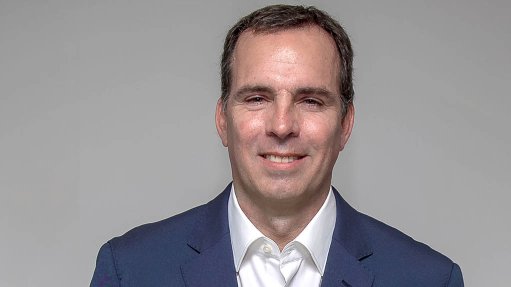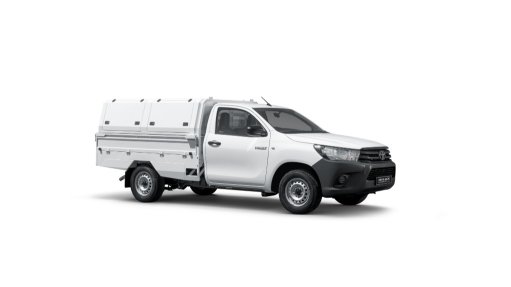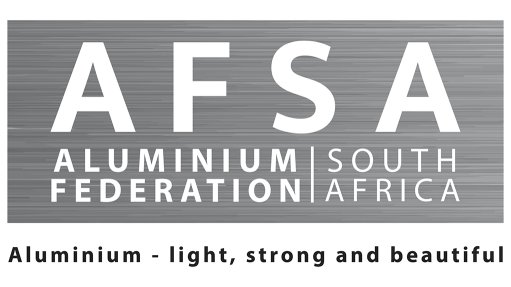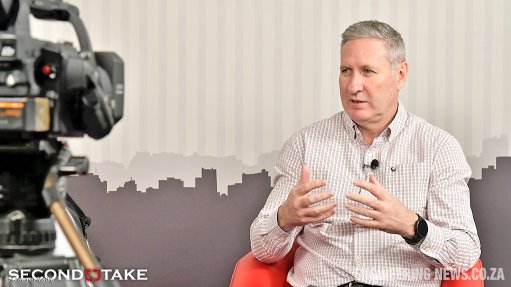While some local aerospace sectors are thriving, others are in a rough patch

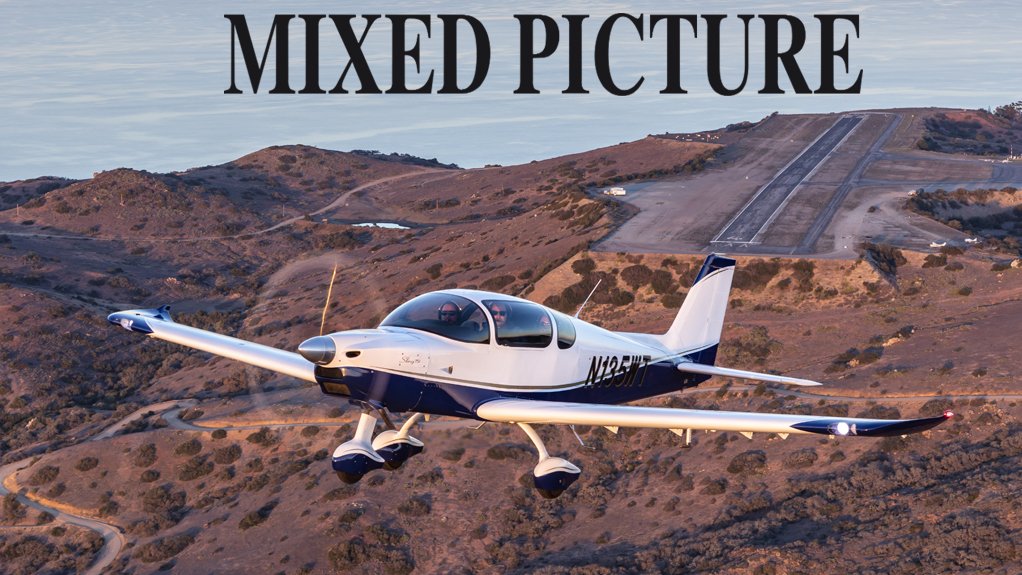
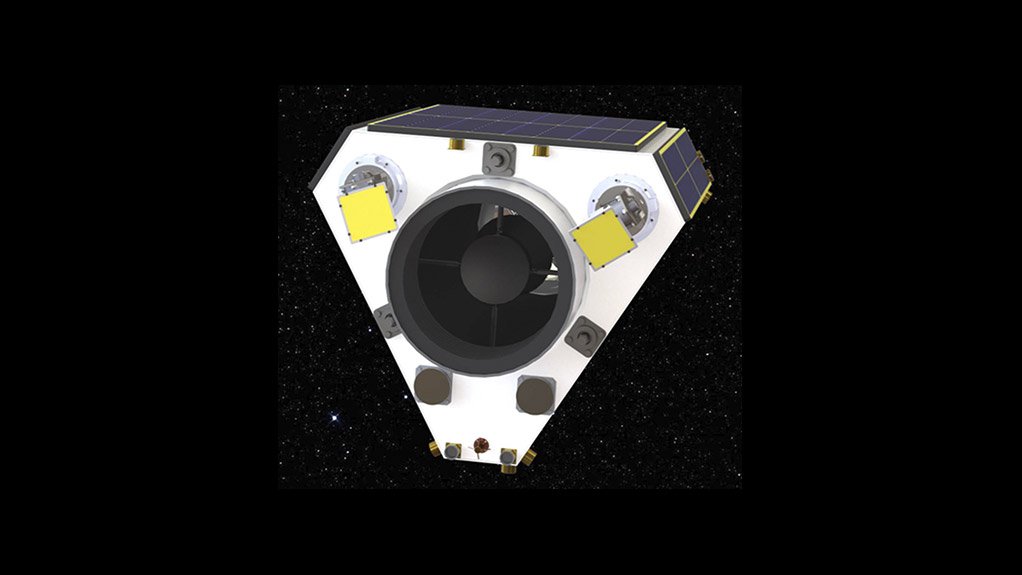

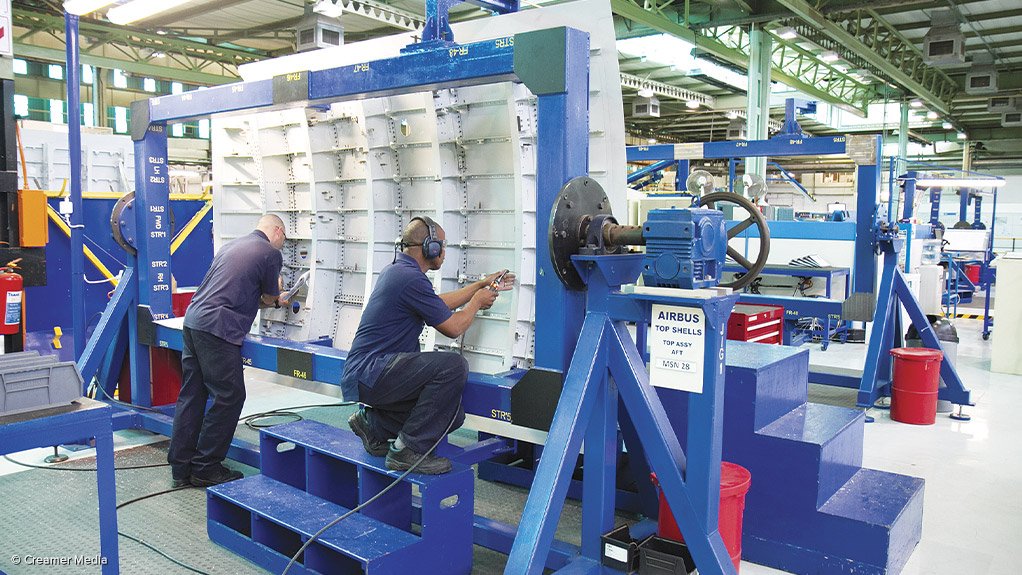
FINAL FRONTIER: A computer-generated image of a microsatellite designed by local company Space Commercial Service
Photo by SCS
EXPORT SUCCESS American-registered Sling aircraft (a Sling 4 in the foreground, a Sling 2 behind) overfly Hollywood, in Los Angeles, California
Photo by The Airplane Factory
“A TERRIBLE PITY”: Unidentified Denel aerostructures workers assembling a top shell for an Airbus A400M (MSN 28, now reportedly in service with the Turkish Air Force), a business the Denel group has now exited
Photo by Creamer Media
The South African aerospace industry embraces the public and private sectors. It includes manufacturers; maintenance, repair and overhaul (MRO) service providers; and research and development (R&D) institutions.
It covers general, commercial and defence aviation (including manned and unmanned aircraft and guided missiles.) And it does indeed also embrace ‘space’ – the local design and assembly of small spacecraft and key systems for such spacecraft. The South African aerospace industry is larger and much more diverse than is popularly realised. And this is excluding all the key infrastructure providers (Air Traffic and Navigation Services, Airports Company South Africa, and other airport and airfield owners and operators), as well as the specialised ground service providers, such as refuellers, caterers, and so on.
Stall Warning?
“The industry is going through a bit of a rough patch at the moment,” says Aeronautical Society of South Africa President Marié Botha. “But this will force us to focus on strategic priority areas and this will serve the industry well. Determination of the strategic priority areas will be discussed in the coming months. Before determining these strategic priorities, we need to first decide where South Africa wants to play in this global industry. Government is giving us the opportunity to give input into the future direction of the industry. In that sense, this is an exciting time, as we have the chance to influence the future direction of the industry.”
She reports that about 104 South African companies are involved in aerospace manufacturing and/or MRO. The indications are that the local industry is consolidating. MRO is the biggest element within the industry and involves a number of companies, in both the public sector and the private sector. The sector has a combined turnover of some R9.5-billion and employs about 9 500 people, the vast majority being highly skilled.
A problem, however, is that many of these workers are ageing and approaching retirement. There is a need both to attract more young people into the sector and to ensure that the veterans pass on their experiences to their young colleagues who are already in the industry. “The young need to learn from the older generation,” she observes.
The biggest player in aerospace manufacturing in South Africa is the State-owned Denel group, which has two businesses operating in the sector. These are Denel Dynamics, which designs and builds guided missiles, unmanned aerial vehicles and satellites; and Denel Aeronautics, which undertakes MRO and systems integration. Denel Aeronautics is also the design authority for the Denel Oryx helicopter and the Denel Cheetah fighter (which remains in service with the Ecuador Air Force) and was the original-equipment manufacturer of the Denel Rooivalk attack helicopter.
Until recently, Denel Aeronautics (which was created by merging the former Denel Aviation and Denel Aerostructures businesses) also manufactured complex aerostructures (airframe components), most notably large and complex aerostructures for the Airbus A400M military airlift aircraft. But the company is now exiting this business.
“Denel closing the aerostructures business is a terrible pity,” she laments. “We worked so hard to get into international aerostructures supply chains and now it has been totally undone. Government put a lot of money into Denel Aerostructures. I believe that the opportunity costs of closing Denel’s aerostructures business will hit us hard in the future. It will be very difficult to get back into such global supply chains again. Not only are skilled staff being lost, but important equipment [lent to Denel] is [also] leaving the country, being returned to Europe.”
This leaves private-sector company Aerosud as the country’s biggest aerostructures manufacturer. However, its capabilities are seen as having been complementary to those of Denel, and not duplicating them. Nevertheless, Aerosud has played, and continues to play, an important role not only in manufacturing but also in advancing aerostructures manufacturing technologies in South Africa, through its involvement in the Aeroswift additive manufacturing (popularly called 3D – three-dimensional – printing) project, hosted by the Council for Scientific and Industrial Research (CSIR). When it was commissioned, the Aeroswift machine was the biggest 3D printer in the world, and may still be.
Further, within the Denel group, Denel Dynamics remains active in aerospace manufacturing. “The local industry needs Denel,” says Botha. “We need to ensure that Denel’s remaining aerospace capabilities be retained and that the rest of the local industry can feed into it and feed off it.”
Flying High
Other actors in the local aerospace manufacturing sector remain strong. These include the local avionics industry, both civil and defence, as well as such companies as the globally successful and respected glider manufacturer Jonker Sailplanes. But the manufacture of complete aircraft locally is made much more difficult by the country’s lack of type certification capability. “We have a problem with the lack of type certification capability in the country,” she highlights.
The exception is aircraft in the ‘experimental category’. ‘Experimental aircraft’ (the category was first established in the US) do not need type certification. This category includes microlights, some light aircraft and kit-built aircraft.
And it is in the experimental category that The Airplane Factory, which designs and manufactures the Sling family of light sports aircraft (LSA), thrives. “The state of our section of the local aviation industry is actually good,” affirms company director (and cofounder) Mike Blyth. “In South Africa, there is a good aviation tradition and a good aviation following. And 80% of our market is export – our single-biggest market is the US, which takes 30% of our production.”
The company has to date sold well over 500 aircraft and currently produces two types, with a third type at an advanced stage of development. The two production types are the two-seat Sling 2 and the four-seat Sling 4. Both types are low-wing, stressed-skin, semimonocoque designs. The Sling 2 carries two people, while the Sling 4 can take four.
The Sling 2 comes in three versions, while the Sling 4 comes in two. In the case of the Sling 2, there are the standard and the LSA and the taildragger versions, while the Sling 4 comes in the standard and TSi versions. The new type under development, designated the Sling TSi High Wing, is also a four-seat stressed-skin semimonocoque design, but is fitted with a cantilevered high wing – to make it easier for people to climb on and off the aircraft. All the Slings are designed with the US market in mind, and are a bigger, roomier and longer-ranged but cheaper to maintain than their competitors. Both the Sling 2 and the Sling 4 have been successfully flown around the world. So far, more than 300 Sling 2s and more than 200 Sling 4s have been sold.
Not that The Airplane Factory faces no local problems. “It’s a matter of overcoming local difficulties in a way that allows us to be internationally competitive,” he explains. “And we do this by stressing the quality of our products.”
A Space Odyssey?
The manufacture of spacecraft, their systems and subsystems is actually referred to as space engineering. And South Africa does indeed have a space engineering sector, which is more diversified than commonly realised. “There are a number of actors in the space engineering value chain in South Africa,” points out Space Commercial Services (SCS) executive chairperson Sias Mostert. “These actors are Tier 3, Tier 2, and Tier 1 suppliers.”
Tier 3 companies are components suppliers; an example is NewSpace Systems. Tier 2 enterprises supply subsystems, such as attitude control systems and imagers; SCS is one of them. The Tier 1 companies, which also include SCS, supply complete systems (that is, small, micro- and nanosatellites). “For the Tier 3 companies, it is going very well in the export markets; they are very competitive,” he reports. “Tier 2 companies are also doing well in terms of exports. But the Tier 1 companies are under pressure.”
The aerospace industry, as a whole, needs local R&D, because of the amount of technology it needs and uses. “The CSIR is still at the forefront of local aerospace R&D,” notes Botha. “Aerospace R&D needs to be close to the industry, and the CSIR is close to the industry. In fact, R&D in South Africa is in pretty good shape, and it is looking at new processes and materials as well.”
What Should Be Done?
“I firmly believe that the country requires a product platform to develop the local industry,” she states. “It does not matter what the product platform is, but it must cut across the national system of innovation. And it must be accompanied by the required legislative and regulatory changes.”
“For space engineering, the role that government can play is in creating pathfinder or catalyst projects – projects big enough to include the whole sector,” says Mostert. “But government only needs to commit to build the first satellite, or if it is a constellation of micro- or nanosatellites, the first six or eight of them. Once it, or they, are in orbit and proven, we know from experience that export orders will follow. Government could also include support for space resource exploitation in the new Space Act, thereby copying Luxembourg and the US. South Africa, with a long tradition and key core capabilities in mining, is ideally suited for the next phase of space exploration that would focus on mining and utilising space resources that would support extraterrestrial base construction and exploration.”
“Things that would help us develop further include labour training – the country suffers from a lack of skilled labour – deregulation, and making it easier to get financial support for innovation,” notes Blyth.
Article Enquiry
Email Article
Save Article
Feedback
To advertise email advertising@creamermedia.co.za or click here
Comments
Announcements
What's On
Subscribe to improve your user experience...
Option 1 (equivalent of R125 a month):
Receive a weekly copy of Creamer Media's Engineering News & Mining Weekly magazine
(print copy for those in South Africa and e-magazine for those outside of South Africa)
Receive daily email newsletters
Access to full search results
Access archive of magazine back copies
Access to Projects in Progress
Access to ONE Research Report of your choice in PDF format
Option 2 (equivalent of R375 a month):
All benefits from Option 1
PLUS
Access to Creamer Media's Research Channel Africa for ALL Research Reports, in PDF format, on various industrial and mining sectors
including Electricity; Water; Energy Transition; Hydrogen; Roads, Rail and Ports; Coal; Gold; Platinum; Battery Metals; etc.
Already a subscriber?
Forgotten your password?
Receive weekly copy of Creamer Media's Engineering News & Mining Weekly magazine (print copy for those in South Africa and e-magazine for those outside of South Africa)
➕
Recieve daily email newsletters
➕
Access to full search results
➕
Access archive of magazine back copies
➕
Access to Projects in Progress
➕
Access to ONE Research Report of your choice in PDF format
RESEARCH CHANNEL AFRICA
R4500 (equivalent of R375 a month)
SUBSCRIBEAll benefits from Option 1
➕
Access to Creamer Media's Research Channel Africa for ALL Research Reports on various industrial and mining sectors, in PDF format, including on:
Electricity
➕
Water
➕
Energy Transition
➕
Hydrogen
➕
Roads, Rail and Ports
➕
Coal
➕
Gold
➕
Platinum
➕
Battery Metals
➕
etc.
Receive all benefits from Option 1 or Option 2 delivered to numerous people at your company
➕
Multiple User names and Passwords for simultaneous log-ins
➕
Intranet integration access to all in your organisation













